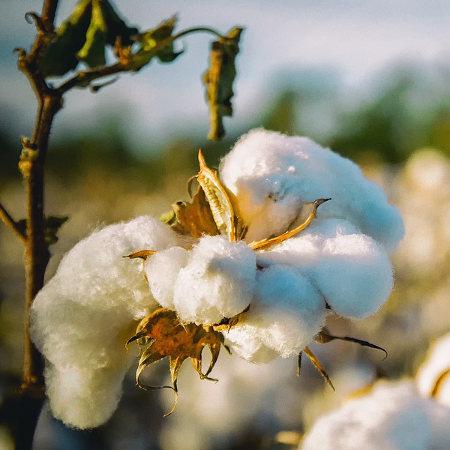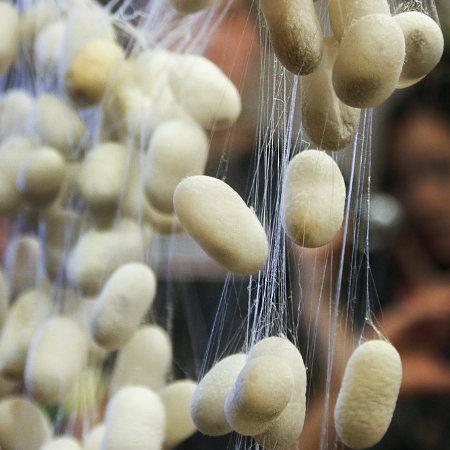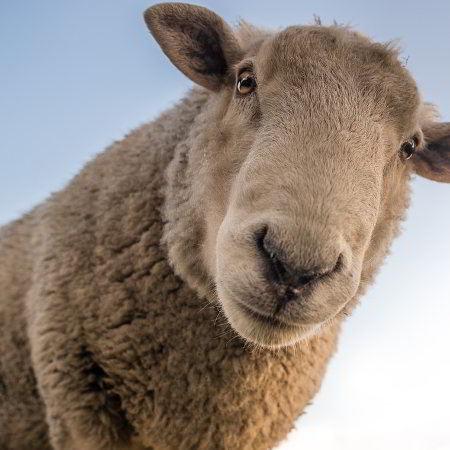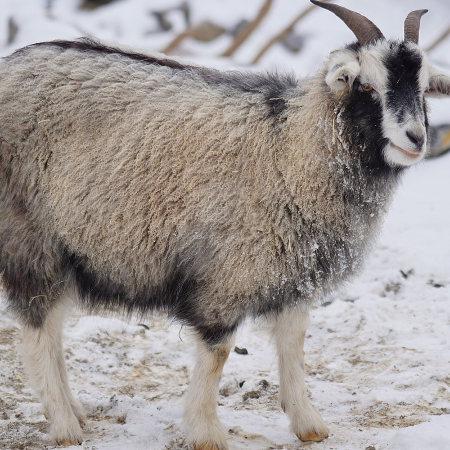Small materials science - slings [12 materials]
In this article I would like to introduce you to the different materials that can be woven into slings. With many materials it is so that they are used in combination with other materials. This results in a variety of possible combinations.
Cotton

It is probably the best known and most used material in baby slings. Cotton is robust and easy to care for. It is obtained from the cotton plant (Gossypium), which belongs to the mallow family. The cotton fiber is a natural fiber and is obtained from the seed hairs. The material is considered skin-friendly(does not scratch) and shows a very low allergy potential. Due to the robust property of cotton, such slings are particularly durable and do not wear out. I like to recommend cotton slings for the beginning, because they are not so expensive and just very robust.
Linen
Linen is a fiber obtained from the stems of the flax plant. It is somewhat more expensive than cotton, which is why linen is used less often than cotton. Through a certain pulping process, it can be spun into yarns both in its pure form and blended with other materials. Due to its structure, linen is somewhat more breathable; more air is trapped in the fiber. Cloths with linen content usually appear very stiff at first and take longer to soften. Pure linen cloths are usually very thin, which is why they don't seem stiff or hardly stiff at all then.
Hemp
Hemp fibers are obtained from the bast of the hemp plant. There is already very early evidence of hemp fibers, for example, in ropes. The material has been used for a very long time. I have not yet seen a pure hemp sling, but it is used in a wide variety of material combinations. Similar to linen, hemp is very stiff at the beginning and needs some time to soften. On the other hand, the material is especially popular with larger and heavier children because it provides more support. In addition, it has a breathable function, which is slightly higher than cotton.
Silk

Silk fiber is obtained from the cocoons of the silkworm. It is a so-called continuous fiber and was originally obtained mainly in China. In silk yarns, individual reeled silk threads are twisted together. It is mainly used as a weft yarn. Silk makes slings very soft, sometimes a little slippery depending on the proportion and other materials. It is pleasant to the skin and is not scratchy. When washing, silk is less robust and must be handled more gently.
Wool

There are different types of wool used in baby slings. Well known is, among others, merino wool, which is obtained from the merino sheep. It is very fine and soft. It is also very elastic, which is why there are now elastic slings made of wool. Otherwise, it is often used as a material mixture with cotton and has very temperature balancing properties. Depending on the type of wool used, it can also appear slightly scratchy. Caring for wool scarves is usually a bit more involved, as they can easily become matted if washed "incorrectly", which cannot be reversed.
Cashmere

Fully it is actually called cashmere wool, which is obtained from the cashmere goat. Thus, it is actually just another type of wool in addition to merino wool. Cashmere wool uses the undercoat, which is very fine and soft. It has a light weight and traps a lot of air, which is why it retains heat well. Cashmere is probably the most expensive and valuable natural fiber woven into baby slings. Therefore it is not found in pure form, at least I don't know it, but for example as a material mixture with cotton or also with other kinds of wool.
Bamboo
The bamboo fiber is a bast fiber, which is spun into a yarn by means of certain processes. When bamboo is used in its pure form as yarn in slings, it is quite stiff and strong. It has similar properties to hemp. In many cases, however, it is used as viscose.
Viscose
Viscose can be made of various types of wood, but bamboo viscose is usually used in baby slings. The wood is processed into a sticky mass with the help of chemicals and finally sprayed on as a fiber. It is therefore a synthetic fiber, which is somewhat more sensitive when washed. Unlike pure bamboo, bamboo viscose is very soft and shiny. It can also be slightly slippery when stretched.
Kapok
Kapok is a material that is not (yet) widely used in baby slings. It is the hollow fiber of the kapok tree, which grows in the tropics. Kapok traps a lot of air in the fibers, which is why it is considered to be very temperature regulating.
Tencel
Tencel is actually just the brand name of the material Lyocell. Lyocell is pure cellulose that is spun into a yarn using direct solvent processes. The fibers are overall very soft and absorb moisture.
Modal
Modal is relatively similar to viscose. It is made of pure cellulose and is mainly obtained from beech wood. Modal can absorb moisture well, but dries very quickly. This is convenient after washing because baby slings with modal take a shorter time to dry.
Ramie
Another name for ramie is China grass. This belongs to the nettle family. The fibers are obtained from the bast part of the stalks. In its properties, ramie is very similar to linen. The material is considered high quality, and is significantly more expensive than cotton, for example. This is due to the complex production.
I have shown you here the most common materials. Some exclusive manufacturers such as Solnce or Artipoppe use completely different, unusual materials. Here are partly also silver, seaweed, pearls, various plastics, glitter or mint used. Sometimes four or more different materials are used in one sling.
The cover image, as well as all images used in the article come from pixabay.com.
No comments yet.